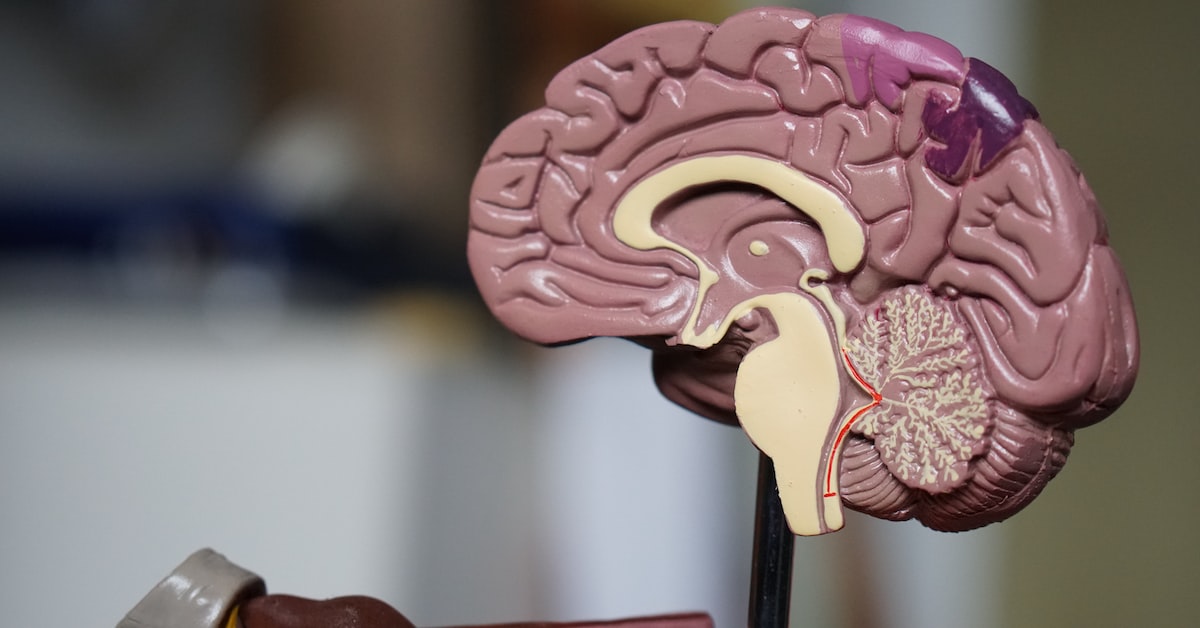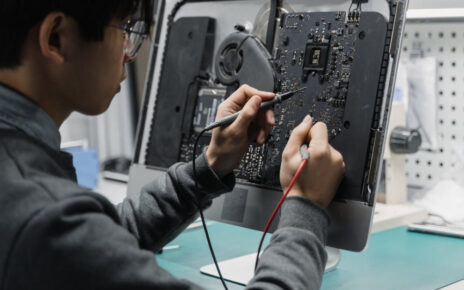Exploring the World of Robotic Surgery: Precision and Minimally Invasive Procedures
In the ever-evolving landscape of medical technology, one field that has been making remarkable strides is robotic surgery. With a focus on precision and minimally invasive procedures, robotic surgery has revolutionized the way we approach complex surgical interventions. In this comprehensive article, we delve into the world of robotic surgery, its benefits, applications, and how it has transformed the medical landscape.
Revolutionizing Surgical Precision
Robotic surgery represents a monumental leap forward in surgical precision. Traditional surgical procedures, while effective, often come with limitations due to human factors such as hand tremors and limitations in maneuverability. However, robotic surgery addresses these challenges by offering unparalleled precision. The robotic arms used in these procedures are incredibly nimble, allowing surgeons to make intricate movements with enhanced accuracy. This precision translates to better outcomes, reduced complications, and faster recovery times for patients.
The Power of Minimally Invasive Procedures
One of the hallmarks of robotic surgery is its emphasis on minimally invasive procedures. In conventional open surgeries, larger incisions are required, leading to extended recovery periods, higher risks of infection, and greater discomfort for patients. Robotic surgery, on the other hand, employs small incisions through which the robotic arms and instruments are inserted. This minimally invasive approach results in shorter hospital stays, reduced pain, and quicker return to daily activities.
Applications Across Medical Specialties
Robotic surgery isn’t limited to a single medical specialty – its applications span a wide range of disciplines. From general surgery to gynecology, urology to cardiovascular procedures, robotics has found its way into various domains. For instance, in cardiac surgery, robotic assistance enables surgeons to perform intricate procedures with enhanced visibility and precision, thereby minimizing the risks associated with traditional open-heart surgeries. Similarly, in urology, robots assist in prostate surgeries, leading to improved outcomes and better quality of life for patients.
Unveiling the Robotic Surgeon’s Toolkit
The components of a robotic surgery system comprise robotic arms, a console, and specialized instruments. Surgeons operate these instruments through the console, which provides a real-time 3D view of the surgical site. The robotic arms mimic the surgeon’s hand movements, but with a greater degree of dexterity. This combination of advanced technology and skilled surgical expertise results in procedures that were once deemed too complex, becoming routine and successful.
Navigating Challenges and Looking Ahead
While robotic surgery offers immense promise, it’s essential to acknowledge the challenges that come with its implementation. The initial costs of setting up a robotic surgery program can be substantial, and there may be a learning curve for surgeons transitioning from traditional methods. Additionally, ensuring patient safety and maintaining the equipment’s functionality are ongoing considerations.
Looking forward, the future of robotic surgery is bright. As technology continues to advance, we can anticipate even more refined robotic systems, improved haptic feedback, and integration with artificial intelligence for enhanced decision-making during procedures. The potential for remote surgeries, where surgeons can operate on patients located in different parts of the world, is also an exciting prospect.
In conclusion, robotic surgery has ushered in a new era of precision and minimally invasive procedures in the field of medicine. With its capacity to revolutionize surgical techniques, improve patient outcomes, and expand the horizons of medical possibilities, robotic surgery is a testament to the power of innovation. As we continue to explore the limitless potential of this technology, it’s clear that the collaboration between human skill and cutting-edge machinery is shaping the future of healthcare.




